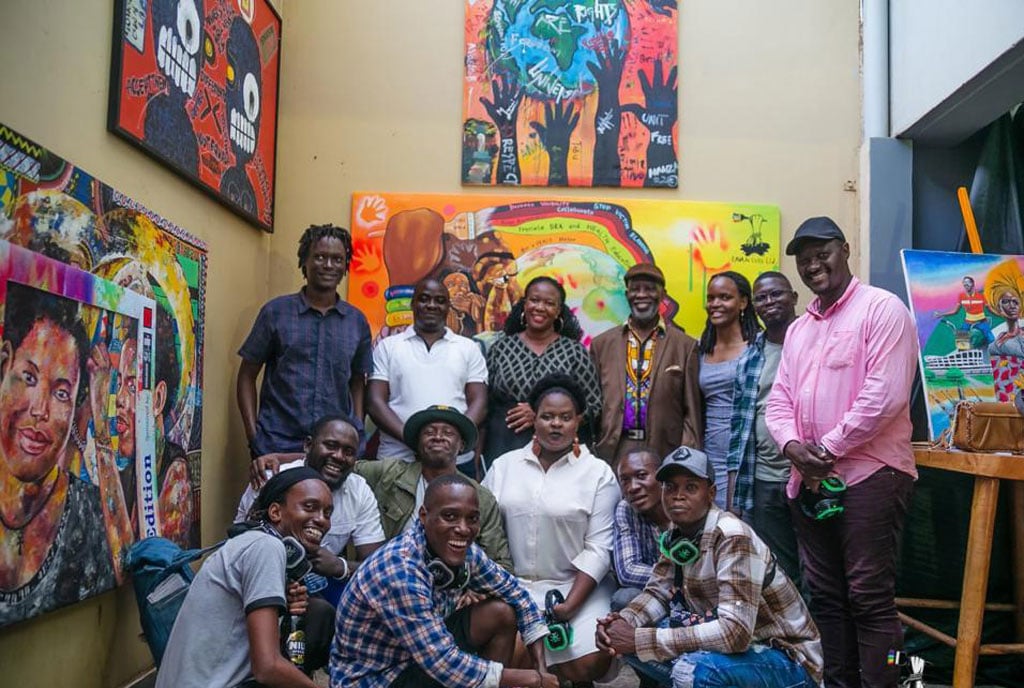Prime
Preaching human rights through art

The participating artists were mostly start-ups who expressed their vision and understanding of human rights.
What you need to know:
- The artists chosen to exhibit at the Human Rights Are Universal show were broad and imaginative in nature, as were the topics they addressed.
Art has long been a powerful tool for social change, serving as a means of expression, protest and advocacy. Artists, through their creative works, can raise awareness about important social issues, challenge the status quo and inspire change in various ways.
It is in the same breath that Human Rights Are Universal was established – to promote rights and equality through art. The multidiscipline festival brings together visual art, film, and poetry, among others. However, the festival tries to create an ecosystem that can allow artists to enjoy what they do while making a living. This is mainly done through networking and panel discussions that usually take place during the festival.
The festival, held at Gothe Zentrum and the Xenson Art Space from October 6–13, attracted a number of start-up artists who expressed their vision and understanding of human rights.
The aim of the festival was to bring different disciplines of art to the table to discuss critical issues, considering the fact that art in Uganda has often come under fire for shying away from social commentary.
Vincent Kyabayinze, the founder and director of Ava Art and Human Rights Are Universal, says most artists are quick to avoid social commentary, yet it is what makes art as a practice stand out.
Right to expression
During a panel discussion with all the participating artists, Kyabayinze noted that in many countries, the right to expression has been stamped on, but artists have continued to use their voices regardless.
“I have heard Ugandan artists say they try their best not to annoy others when they comment about issues, but that is impossible. Every time you state an ugly truth, someone will be offended,” he says.
The festival brought together arts such as film and poetry, though it was the visual art that patrons interacted with most.
From charcoal to watercolour painting techniques, the artists chosen to exhibit were broad and imaginative in nature, as were the topics they chose to address.
An example is Ruphin Bwira, whose paintings of women preached equality and taking back power to do things that many women in his society could not. One of such things is as simple as braiding each other’s hair.
Other artists, such as Makano, talk about loss and what war takes away from a human being, even when they are to stay alive. He paints from personal experiences of moving to Uganda from Congo after his family had been killed.
Kyabayinze says they invited artists to submit their thought-provoking works while selecting those that ended up in the festival.
“This is an opportunity to engage in dialogue, addressing the challenges, aspirations, and transformative power of independence and what it means to be an independent human being or country. Artists submitted their works and a panel of five individuals selected the works for the exhibition.”
The exhibition closed on Friday, although the organisers promised more artistic showcases about human rights.



